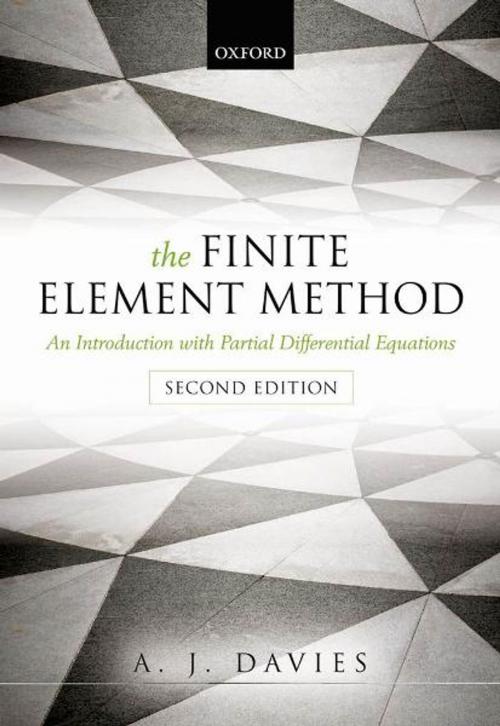The Finite Element Method
An Introduction with Partial Differential Equations
Nonfiction, Science & Nature, Mathematics, Applied| Author: | A. J. Davies | ISBN: | 9780191630347 |
| Publisher: | OUP Oxford | Publication: | September 8, 2011 |
| Imprint: | OUP Oxford | Language: | English |
| Author: | A. J. Davies |
| ISBN: | 9780191630347 |
| Publisher: | OUP Oxford |
| Publication: | September 8, 2011 |
| Imprint: | OUP Oxford |
| Language: | English |
The finite element method is a technique for solving problems in applied science and engineering. The essence of this book is the application of the finite element method to the solution of boundary and initial-value problems posed in terms of partial differential equations. The method is developed for the solution of Poisson's equation, in a weighted-residual context, and then proceeds to time-dependent and nonlinear problems. The relationship with the variational approach is also explained. This book is written at an introductory level, developing all the necessary concepts where required. Consequently, it is well-placed to be used as a textbook for a course in finite elements for final year undergraduates, the usual place for studying finite elements. There are worked examples throughout and each chapter has a set of exercises with detailed solutions.
The finite element method is a technique for solving problems in applied science and engineering. The essence of this book is the application of the finite element method to the solution of boundary and initial-value problems posed in terms of partial differential equations. The method is developed for the solution of Poisson's equation, in a weighted-residual context, and then proceeds to time-dependent and nonlinear problems. The relationship with the variational approach is also explained. This book is written at an introductory level, developing all the necessary concepts where required. Consequently, it is well-placed to be used as a textbook for a course in finite elements for final year undergraduates, the usual place for studying finite elements. There are worked examples throughout and each chapter has a set of exercises with detailed solutions.















